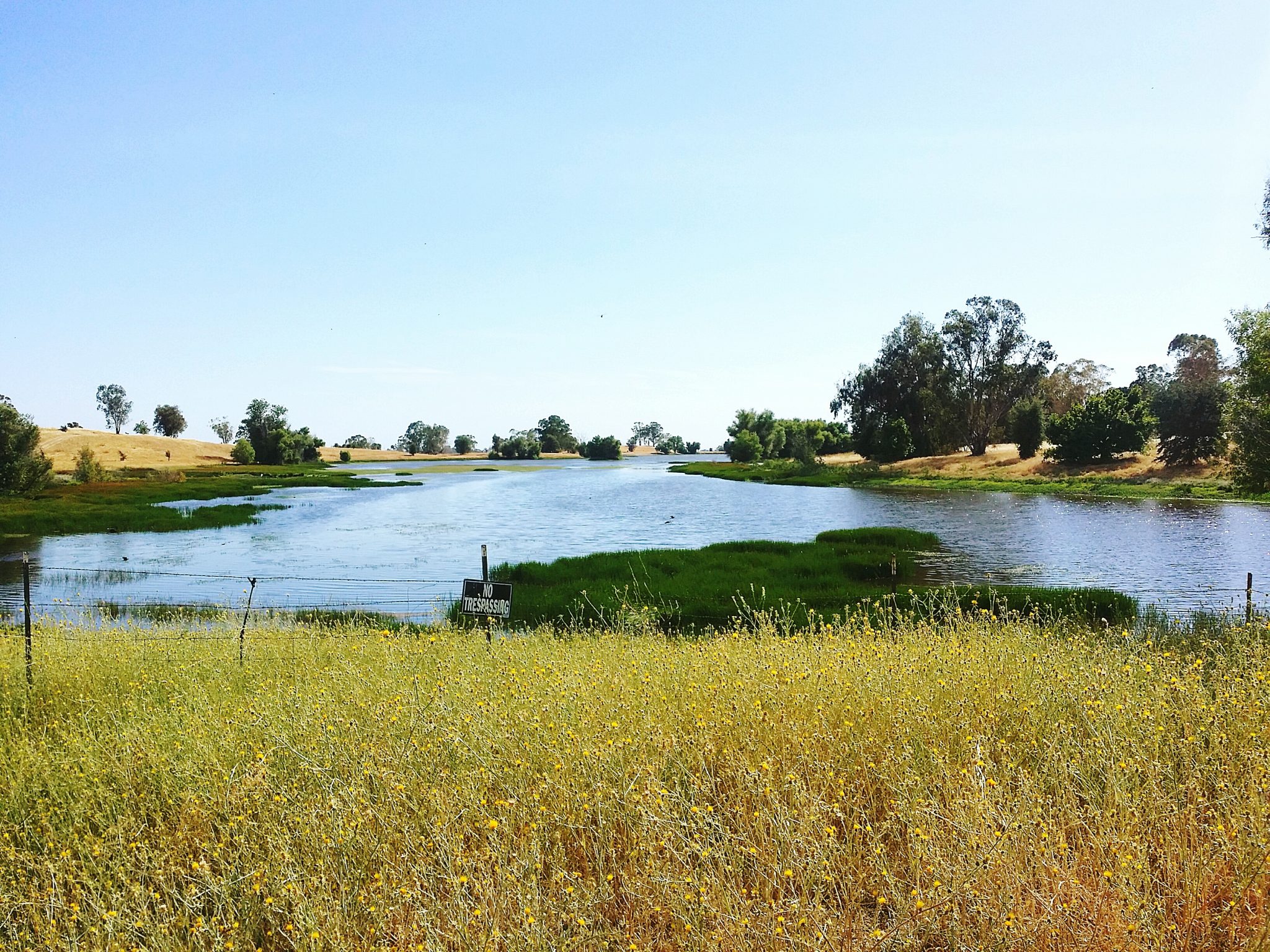How to Remove Dead Fish From Pond Updated
How to Remove Dead Fish From Pond
Removal of Unwanted and Overpopulated Species of Fish is part three of seven in the Direction of Recreational Fish Ponds serial.
Fish populations in poorly managed ponds ordinarily get out of balance and may become contaminated with unwanted fish species. Typically, Alabama ponds become crowded with pocket-size or stunted bass or bream populations or become populated with species like light-green sunfish, bullhead catfish, shiners, or other unwanted species. The best management selection in these situations may be to destroy all fish in the pond and start over but have your pond checked past a qualified fisheries biologist offset. Removing or killing the fish population unremarkably is much easier and less expensive if the swimming can exist tuckered dry or partially drained and the fish concentrated. Fish volition survive in very small pools or puddles away from the main body of water. To become a consummate kill you lot must treat all puddles, even those in the watershed, no matter how pocket-sized!
Rotenone is a registered aquatic chemical that is used to kill fish. In Alabama, rotenone for pond renovation tin be purchased from most farm supply or feed-and-seed stores past anyone with a pesticide applicator permit. Rotenone has been classified as a RESTRICTED Employ pesticide.

Rotenone application on pond

Rotenone handling on pond
Rotenone comes in liquid or powder formulations, at a concentration of five per centum active ingredient. Rotenone should be applied at a rate of 2 to three ppm (2.vii pound/acre-foot of granular = ane ppm), 5.four to 8.1 pounds per acre-foot of actual product. The volume of water in the pond (in acre-feet), or that remaining after draw-downward, must be estimated so this concentration of rotenone tin be calculated. Ane gallon of the liquid rotenone conception (v percentage) is sufficient to treat approximately 3 acre-anxiety of water at i ppm or 1 acre-foot at 3 ppm. The acre-feet in a particular swimming tin be calculated by multiplying the surface area in acres times the boilerplate depth in feet. For example, a two-acre pond with an average depth of 6 feet would accept 12 acre-anxiety and would require 4 gallons of the liquid v pct formulation to care for at a concentration of one ppm; 8 gallons for 2 ppm, etc.
Powdered rotenone should be mixed into a "soupy" consistency with h2o (well-nigh ii gallons per pound of pulverisation). Liquid rotenone as well should be diluted with water at a rate of about 10 gallons of water to 1 gallon of rotenone. Apply rotenone evenly over the pond using buckets, sprayers, or pumps. If the pond is greater than four feet deep, use a hose to pump rotenone into deep sections of the pond. Rotenone applied properly and at recommended rates will non harm most livestock, even if they beverage the h2o. Pigs, however, might be affected by the rotenone formulation, and ducks and geese may endure if they gorge themselves on dead or dying fish. Caution: make sure no h2o containing rotenone runs off your property to kill fish elsewhere!
Rotenone is usually practical in the fall when h2o temperature is between 65º and 75º F. If applying at other times of the year, you must take special precautions. Contact a commune fisheries biologist or county Extension office for boosted information on purchasing and applying rotenone.
Rotenone will misemploy within 3 to ten days, depending on weather conditions. Generally it is rubber to restock two to 3 weeks after applying rotenone. To check for the presence of rotenone, place a few small bream in a minnow saucepan and float it in the swimming.
If the fish are nonetheless alive subsequently 24 hours information technology is safe to restock. In very common cold weather rotenone may be toxic for as long as a month.
Management of Recreational Fish Ponds Series
How to Remove Dead Fish From Pond
Posted by: degnanhount1989.blogspot.com

0 Response to "How to Remove Dead Fish From Pond Updated"
Post a Comment